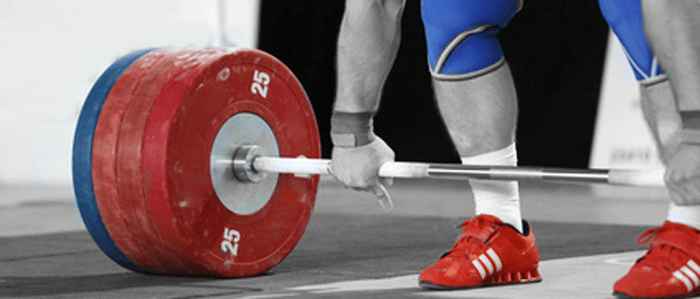There are two components of Olympic lifting (OL), the Snatch and the Clean and Jerk. The Snatch requires the bar to be lifted from the floor to above the head in one movement and the Clean and Jerk in two movements.
Throughout each lift, the barbell travels a greater distance than standard resistance training techniques and therefore requires a larger amount of work. Consequently, OL can be very beneficial when training time is limited, or a greater training stimulus is required.
The OL techniques and movement derivatives may be used as a conditioning tool to improve athletic ability via facilitating an increase in the various forms of strength and power. OL is also a challenging and enjoyable method of whole body resistance training and can be a useful aid when incorporated into some phases of injury rehabilitation.
Olympic weight lifting
Scientifically speaking, performing OL regularly may develop greater peak force production and increase rate of force development (RFD). RFD is generally referred to as explosive strength, which is considered an essential asset for superior sport performance. Biomechanically, OL involves lower limb movement mechanics which are predominantly used in jumping and sprinting activities. In fact, numerous research studies over the years have highlighted a correlation with OL performance and vertical jump ability.
Sports science aside, OL is a fantastic method of resistance training and can be fun, challenging, sometimes frustrating and a great form of conditioning. Whether the aim is to learn an Olympic sport, get functionally strong and powerful, compliment rehabilitation or simply to experience a different type of workout, OL ticks all the boxes.
To find out more about Olympic weight lifting and strongman training, book your free consultation today.

